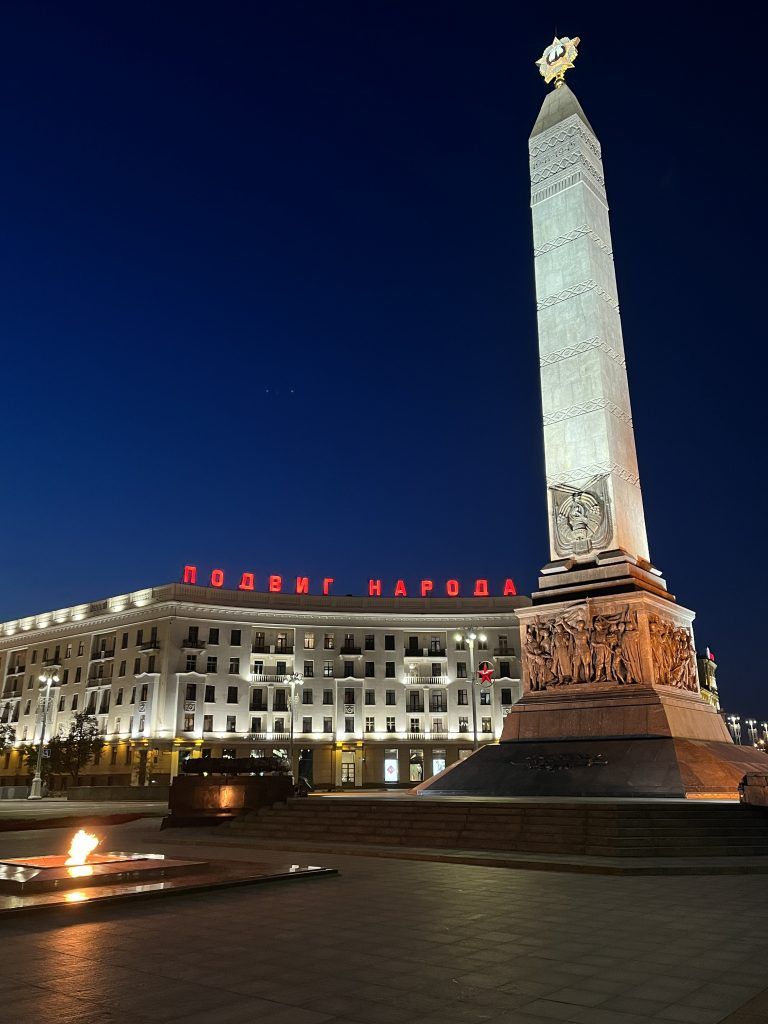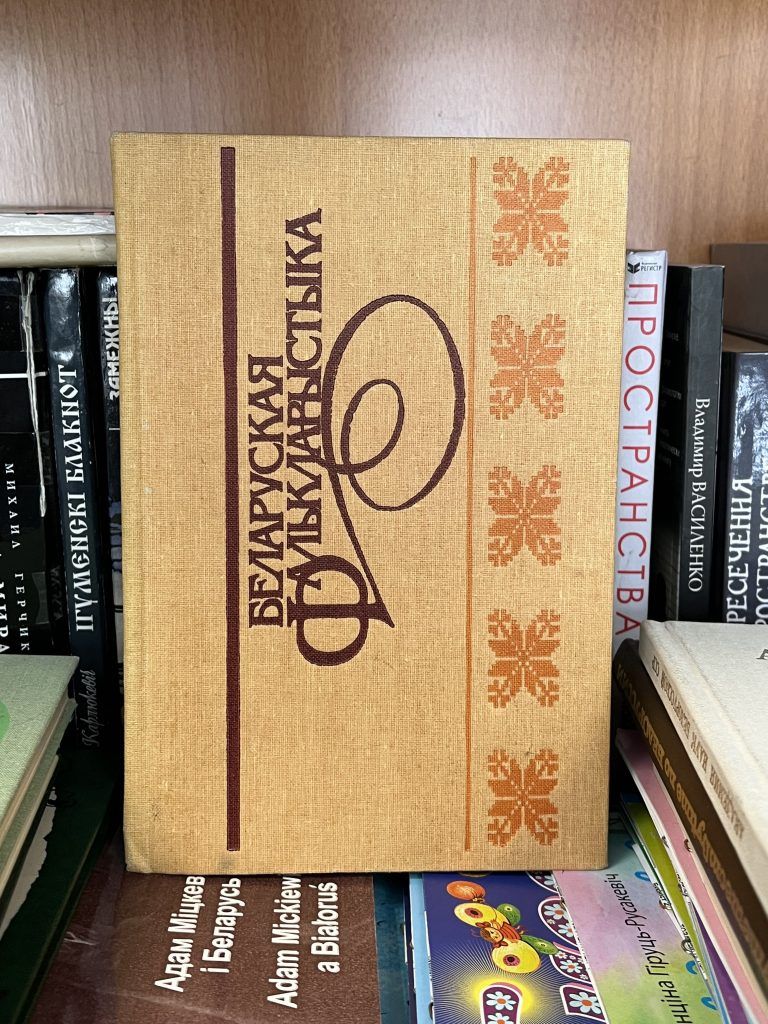Discovering Belarusian National Symbology

Gianmarco Caprio
Writer and editor at Phase with a fondness for photography, typography, design and travel.
How Tradition Can Inspire Innovation
Minsk isn't exactly the first place one will think of when considering a place to visit in Europe, yet it has something to offer for the design-minded traveller: its rich heritage of national symbology.
. . .
Where is Belarus, By the Way?
Let's start by explaining where is Belarus, as I'm sure there's quite a number of people who won't have heard of this country before.
The Republic of Belarus is a landlocked country sandwiched between Poland and Russia in Eastern Europe, and is one of the independent countries that emerged from the collapse of the Soviet Union in the early 1990s. Yet, even after the Iron Curtain went down, Belarus has stayed off the radar and is among the least visited countries in Europe.
. . .
Belarus: Between Past and Future
The trademark of Belarus is the plentiful Stalinist architecture which is found along Independence Avenue, the main thoroughfare of its capital city, Minsk.
Most of modern Minsk was built in the 1950s and 1960s, when the city had to be rebuilt following the destruction brought about by the events of World War II.
Soviet symbolism can still widely observed in Minsk, and the memory of the last world war, known in Belarus as the Great Patriotic War, plays an important role in the nation's collective consciousness.

Although Belarus is still proud of its Soviet past, it doesn't mean that the country isn't looking towards the future. In recent years, many new projects have appeared in the capital, and these efforts towards the future are symbolised by the new building of the National Library of Belarus, which was completed in the beginning of 2006.
Design & National Symbology
Belarusian design is, for the most part, still anchored on traditional national symbols. And no, here I am not referring to the ones from the Soviet period, rather those from the times that pre-date that era.
One of the most important symbols of the Belarusian identity are vyshivanka's, types of embroided ornamental patterns which also appear in the flag of Belarus.

These national patterns are to be found everywhere in the country, often adorning buildings, commercial advertisements, souvenirs and even buses used for public transport.
In more recent times, local designers have been integrating vyshivanka's into contemporary graphic and fashion designs, a sign that these patterns from national folklore are still relevant for the younger generation.
The Role of Belarusian National Symbology
As it's the case with other Slavic nations, national folklore still plays an importan role in society and has found renewed interest, especially after the collapse of the Soviet Union 30 years ago.

In the case of Belarus, national ornaments never ceased to be important even throughout the Soviet period, as they carry different meanings and are thought to keep misfortune at bay.
It is therefore reasonable to believe that this symbology will keep being valued and find many uses in years to come.

- Subscribe to our Magazine Newsletter.
- Follow us on Facebook and LinkedIn.
- Join our community on Slack and Facebook.
Start Animating
Get Started with Our Free, Web-Based Platform.
© Phase Software GmbH 2024